Did you know that 94% of Fortune 1000 companies have experienced at least one significant supply chain disruption in the past five years? The ripple effects of a single delay can halt production, empty store shelves, and carve millions off a company’s bottom line. In today's interconnected world, the secret to thriving is mastering a resilient global supply chain —one that flexes, adapts, and bounces back stronger from shockwaves. This guide uncovers the core strategies, components, and real-world lessons for future-proofing your operations and optimizing your response to global challenges. Whether you’re a supply chain professional, business leader, or simply curious about what keeps goods and services moving, you’re about to discover the keys to global supply chain success.
How a Resilient Global Supply Chain Shapes Modern Business Success
A resilient global supply chain is at the very core of business success in the twenty-first century. Disasters, geopolitical shifts, pandemics, and even delays in a single port can expose vulnerabilities on a global scale, instantly impacting a company's lead time and ability to meet customer demand . Companies with robust and adaptive supply chains outlast their competitors— they recover faster, keep their promises, and maintain trust in the marketplace even when the unexpected strikes.
The difference between businesses that thrive and those that scramble often comes down to supply chain resilience. For example, Apple’s diversified sourcing strategy allows quick pivots between manufacturing sites when disruptions arise. Similarly, Unilever’s focus on building strong supplier relationships means tighter integration, reducing bottlenecks and ensuring smooth information flow. The resilience of these supply chains ensures their products arrive on time and in optimal condition, cementing customer loyalty and propelling these brands ahead in the global market.
Not only does a resilient supply chain protect against disruptions, but it also drives efficiencies that lower production costs and improve the bottom line. Companies that proactively focus on risk management, technological integration, and compliance with international regulations secure their place as industry leaders. These factors make a resilient global supply chain a strategic necessity rather than a luxury in today's competitive environment.
Understanding how to adapt your supply chain in the face of global disruptions is crucial, especially as recent events have shown the need for financial agility and operational flexibility. For a deeper look at how companies have navigated change and managed financial challenges during turbulent times, explore these insights on the pandemic’s impact on import and export businesses .
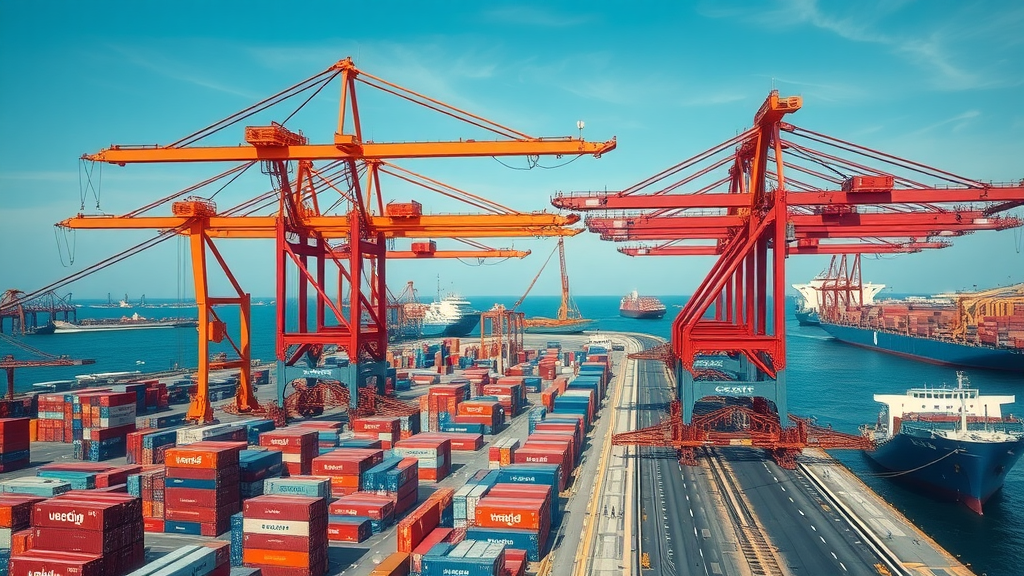
- Discover why 94% of Fortune 1000 companies have experienced supply chain disruptions in recent years
- Learn actionable strategies for enhancing global supply chain resilience
- Identify the essential components and management methods underpinning effective supply chains
Defining the Global Supply Chain: Concepts and Core Elements
What is Meant by a Global Supply Chain?
A global supply chain refers to the network of suppliers, manufacturers, logistics providers, and distributors operating across multiple countries. This intricate system enables the production and delivery of products and services on a global scale . At each stage, goods—often starting as raw materials —are transformed, assembled, and shipped across borders, leveraging the strengths, cost advantages, and specialized skills found in various regions.
The beauty of a well-orchestrated global supply chain is its ability to seamlessly coordinate these numerous moving parts, efficiently meeting customer demand and enabling access to global markets. For example, a smartphone may be designed in the United States, sourced from minerals in Africa, assembled in Asia, and distributed to customers worldwide. This level of collaboration is what makes the global value chain not only possible but essential to modern business operations.
Crucially, the supply chain is global because it transcends borders, requiring compliance with a mosaic of local and international regulations . This interdependence means disruptions—whether due to a natural disaster, policy shift, or pandemic—can have immediate, far-reaching effects. Therefore, understanding how a global supply chain works is vital for anyone involved in international business or supply chain management.
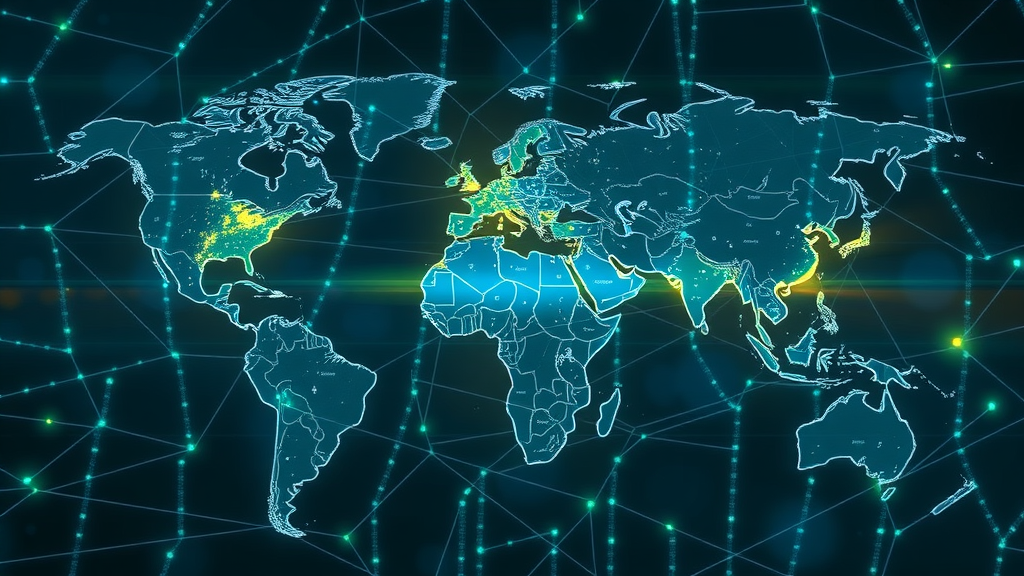
Key Components that Drive the Global Supply Chain
Several key components form the backbone of a global supply chain, turning raw materials into finished products that reach consumers around the world. Core aspects include sourcing (finding and securing reliable suppliers), manufacturing (managing production across different geographies), and logistics (coordinating transportation, warehousing, and distribution). Efficient chain management ensures that each of these parts communicates seamlessly, preventing costly mishaps or unnecessary lead times.
Another critical dimension is information flow —the digital backbone that enables transparency and rapid response. Today’s supply chain management relies heavily on real-time data, predictive analytics, and systems integration to monitor inventory, demand, and supplier performance. Finally, regulatory compliance ensures that all activities meet local and international laws, from environmental standards to human rights protections, reducing risks of legal penalties or reputational damage.
Integrating all these elements creates a resilient, adaptable international supply chain. This model not only meets market needs but also positions companies to pivot quickly when circumstances change. By focusing on these key components , organizations enhance their competitive advantage, maximize global efficiencies, and protect their bottom line in a volatile global market.
| Component | Description |
|---|---|
| Sourcing | Procuring raw materials globally |
| Manufacturing | Production facilities and processes worldwide |
| Logistics | Transportation and distribution management |
| Information Flow | Digital integration for visibility and control |
| Regulatory Compliance | Meeting international supply and trade regulations |
How the Global Supply Chain Impacts International Trade and Business
A robust global supply chain is the engine that powers international trade and business growth. When companies tap into efficient supply chains, they can source raw materials where they are most abundant or affordable, manufacture in regions with the right skillsets or cost base, and ship products to global markets with speed and reliability. This global orchestration not only enhances competitiveness but also ensures companies can respond to fluctuations in demand, manage risk, and innovate quickly.
Business expansion relies on the ability to scale and adapt to different markets. A resilient supply chain supports entry into new regions and adapts to unique local preferences. Think of retail giants like Amazon or Zara, which maintain a presence in dozens of countries by using agile, global value chain models. These companies demonstrate that success hinges on tailoring supply chain logistics, compliance, and operations to serve diverse customer needs—without sacrificing speed or efficiency.
Moreover, with growing scrutiny on sustainability and human rights , businesses must ensure their supply chains adhere to ethical standards wherever they operate. Failure in any part of the chain—whether it’s a delay in logistics, a breach of compliance, or a supplier exploiting labor—can rapidly erode trust and trigger financial penalties. Thus, the global supply chain is not just about efficiency; it's about upholding responsible and consistent business practices worldwide.
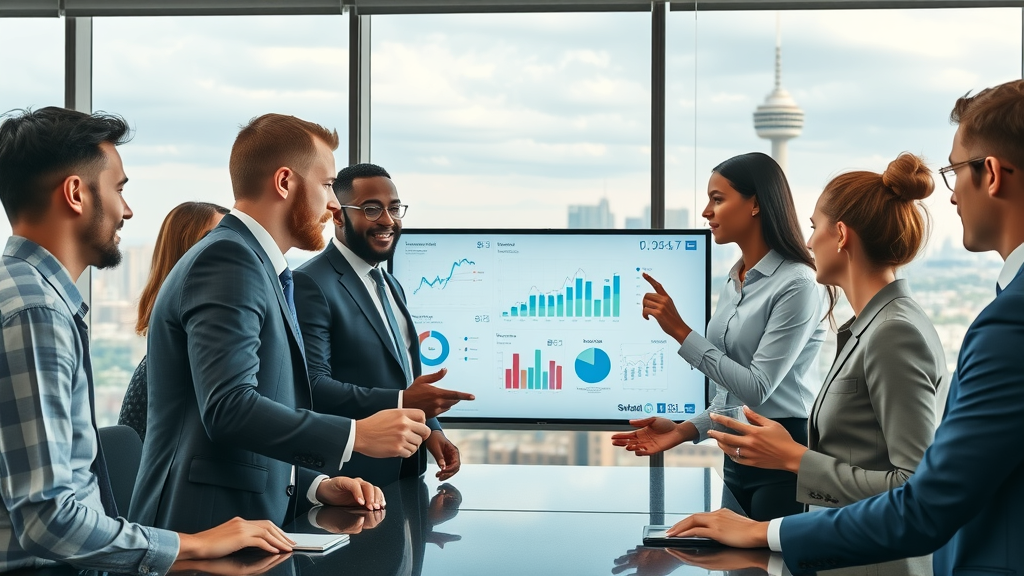
The Significance of Global Value Chain in Business Expansion
The global value chain has become synonymous with business expansion in today’s interconnected economy. By leveraging a network of specialists dispersed across continents, companies break the dependencies of local limitations and open doors to new markets, technologies, and consumers. This systematized approach enables organizations to focus on core competencies—design, branding, innovation—while their supply chain partners manage manufacturing, sourcing, and distribution on a global scale.
This international network reduces lead time to market, optimizes costs, and gives companies flexibility to innovate without being restricted by traditional, linear supply models. For example, the fashion industry’s ability to forecast trends and quickly adjust production lines in partnership with global suppliers has reshaped seasonal product cycles, keeping retailers nimble and responsive. As a result, a well-executed global value chain directly fuels rapid and profitable business expansion.
Furthermore, today’s customers expect seamless access to products and services, regardless of origin. The strength of your global value chain determines whether you can fulfill that expectation in the face of natural disasters , political upheaval, or regulatory changes. Companies that master this art find themselves not just growing, but dominating their sectors in the global market.
Role of International Regulations in Global Supply Chains
Navigating international regulations is fundamental to the success of any global supply chain . Each country enforces its own set of import/export policies, environmental standards, labor laws, and trade agreements. These regulations not only safeguard fair competition and ethical practices but also shape the underlying supply chain infrastructure for companies trading across multiple countries.
Non-compliance can bring severe consequences, from costly shipment delays and product confiscation to reputation-damaging legal action. For example, companies distributing products in the United States and Europe must comply with strict standards surrounding product safety and the ethical sourcing of raw materials . Advanced compliance monitoring, legal analysis, and transparent information flows are critical tools in securing smooth, lawful operations within global supply chains .
Ultimately, staying ahead of regulatory shifts is not just about ticking legal boxes—it's a proactive way to build trust with customers, supply chain partners , and stakeholders worldwide. Firms adept at navigating these rules gain a competitive edge and mitigate risks in international supply chain management.
“The ability to adapt global supply chains to fast-changing market dynamics separates industry leaders from the rest.”
Supply Chain Management: Strategies for Building Resilient Global Supply Chains
Supply chain management is about far more than moving goods efficiently—it's about building systems that weather storms and adapt to the unpredictable. The most successful organizations invest in strategies and technologies that bring flexibility, rapid response, and risk mitigation to every link of the chain. Companies must balance cost efficiency with resilience, ensuring that a single disruption—be it a pandemic, trade war, or supply shortage—doesn’t cause systemic breakdown.
Resilient global supply chains implement proactive planning, diversified partnerships, and real-time monitoring to maintain continuous flow. For example, high-tech manufacturers might secure multiple suppliers for key components, thereby reducing dependency on a single source. Meanwhile, consumer goods firms use predictive analytics to anticipate disruptions and optimize inventory, ensuring shelves remain stocked during crises.
Central to managing a resilient international supply chain is fostering a culture of ongoing improvement—learning from past disruptions and integrating lessons for the future. This approach ensures your business is not only reactive but capable of anticipating market swings and regulatory changes, securing your position as a leader in global supply chain management.
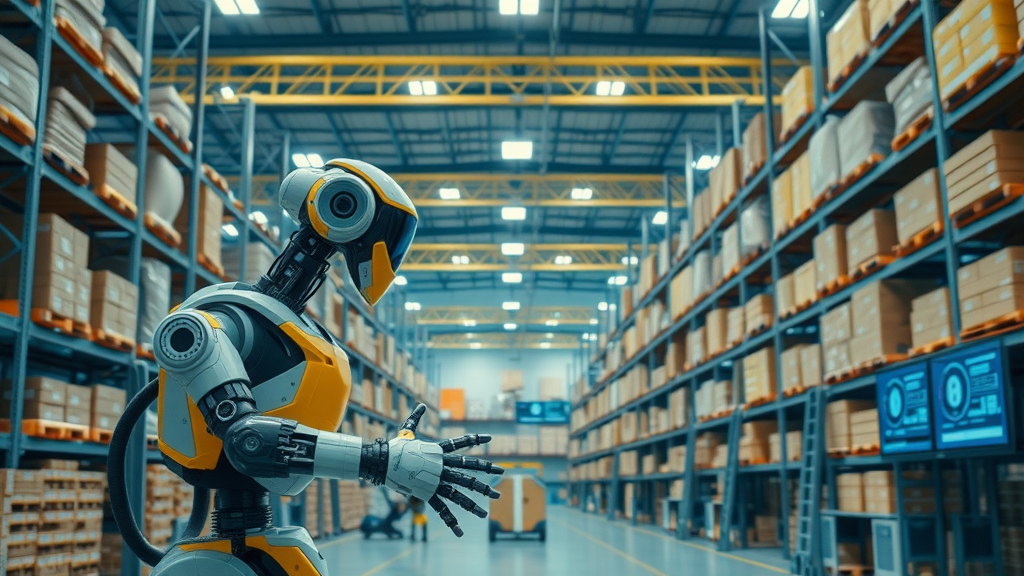
Best Practices in Global Supply Chain Management
Optimizing a global supply chain requires more than just efficient shipping routes or advanced software—it takes a holistic approach. The first best practice is to build strong partnerships with key suppliers and logistics providers, facilitating trust and transparency. This enables a collective response to challenges and fosters innovation across the chain.
Another essential strategy is scenario planning and diversification . Businesses should anticipate risks like natural disasters , geopolitical conflicts, or supplier insolvency by diversifying sources, shipping options, and even target markets. Flexible contracts and distributed inventory help cushion any single point of failure, maintaining smooth operations and meeting customer demand .
Lastly, continuous performance monitoring and open communication across the supply chain are vital. Regular reviews, clear metrics, and real-time feedback loops ensure that weaknesses are detected and rectified promptly. Adopting these best practices not only strengthens supply chain resilience but also improves the bottom line by reducing inefficiencies and disruptions.
The Role of Technology and Data Analytics in Chain Management
Today, technology and analytics are transforming global supply chain management. Digital tools such as Internet of Things (IoT) sensors, blockchain platforms, and cloud-based management systems enable end-to-end visibility, tracking every product, shipment, and transaction in real-time. These advancements empower companies to proactively react to emerging risks, optimize logistics, and guarantee chain partner coordination across the entire process.
Predictive analytics harness big data to anticipate demand, detect potential shortages, and streamline lead times. AI-driven platforms analyze patterns in past disruptions and use that insight to make smart inventory and procurement decisions. Automated compliance monitoring ensures processes adhere to international standards and human rights requirements, reducing exposure to penalties and supply interruptions.
The future belongs to organizations that integrate technology into every step—from purchasing raw materials to last-mile delivery. These innovations not only increase resilience but also drive down costs, allowing supply chains to compete and thrive in an ever-evolving global market .
- Implement end-to-end supply chain visibility systems
- Diversify sourcing and logistics partners
- Use predictive analytics for risk assessment
- Integrate compliance monitoring into your logistics plan
Case Studies: Examples of Resilient Global Supply Chains
How Industry Leaders Manage Challenges in Their Global Supply Chains
Industry leaders across sectors offer illuminating case studies for building resilient global supply chains . For instance, when a natural disaster struck Southeast Asia, disrupting key component suppliers for a major automobile manufacturer, the company’s diversified network allowed it to shift production to unaffected regions. By maintaining alternative suppliers and logistics plans, they minimized delays and protected their bottom line .
Another example is Nike, which continually audits its chain partners for compliance with labor and human rights standards. When new regulations threatened to delay shipments in certain countries, Nike’s real-time analytics systems flagged the risk, and their agile logistics plan redirected inventory to compliant facilities. This saved millions in lost sales and maintained their brand reputation in global markets.
Similarly, global tech leader Samsung leverages advanced chain management software that integrates supplier data, shipment tracking, and demand forecasting. This end-to-end digital infrastructure allows quick adaptation to market uncertainties, regulatory changes, or shipping bottlenecks—ensuring their products reach customers efficiently, even during global turmoil.
Designing Your Logistics Plan for Effective International Supply Chain Operations
Developing an effective logistics plan for international operations is about blending cutting-edge innovation with tried-and-true supply chain management strategies. Start by mapping your global transport network—identifying optimal routes, hubs, and alternative paths to ensure continuity even if disruptions hit primary channels. It’s essential to analyze customs procedures, shipping costs, and compliance requirements at every step.
Collaboration is the next pillar of success: bring in your suppliers, logistics providers, and even customers to co-create contingency plans. This not only increases operational efficiency but also ensures faster feedback and faster recovery from unexpected issues. Companies that invest in logistics planning and transparent communication can quickly adapt to changes, keeping costs low and service levels high despite global volatility.
A proactive approach to regulatory compliance will also pay significant dividends. Companies well-versed in international regulations, leveraging legal expertise and compliance monitoring technology, can avoid fines and delays while meeting diverse and ever-changing requirements. Ultimately, the smartest logistics plans align both technology and people—ensuring flexibility, reliability, and consistent value delivery in your international supply chain.
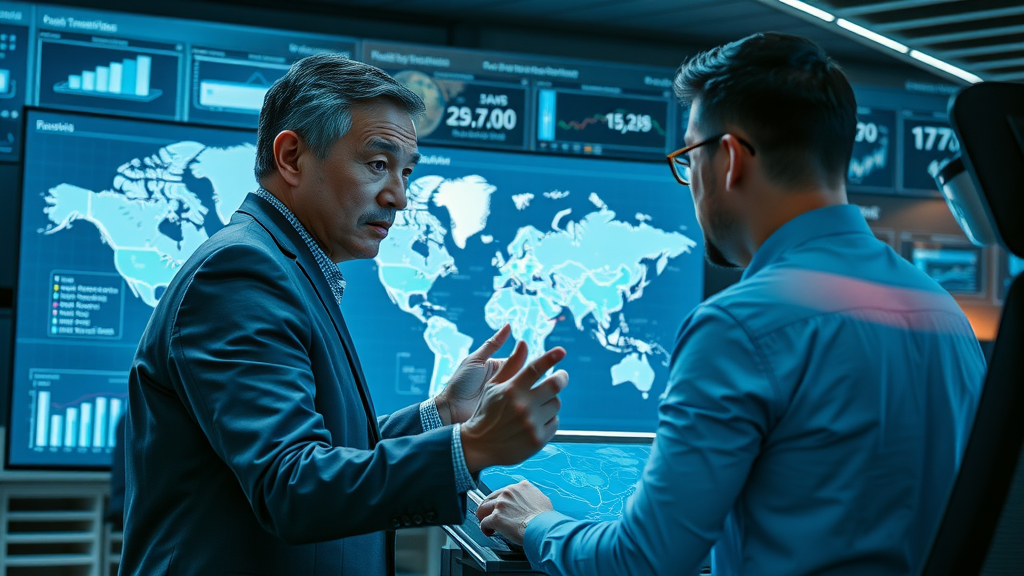
Integrating Technology with Traditional Supply Chain Models
While traditional supply chain models focus on physical flows and manual coordination, today’s leading businesses enhance these systems with digital integration. Cloud-based supply chain management platforms provide real-time data sharing, boosting transparency across the entire global supply chain . IoT devices track shipments worldwide, while predictive analytics fine-tune procurement and distribution.
Integrating these innovations doesn’t mean abandoning proven methods—it’s about augmenting them. By combining established relationships with advanced forecasting and automation, businesses can optimize lead time , minimize errors, and anticipate bottlenecks before they occur. Technology acts as a force multiplier, enabling rapid, data-driven adjustments that keep operations agile no matter the challenge.
As a result, companies that blend technology with traditional expertise find themselves at the forefront, delivering products and services seamlessly across the global market. This hybrid model sets the standard for modern supply chain resilience and maximized efficiency.
Ensuring Regulatory Compliance in International Supply Operations
Ensuring regulatory compliance is a cornerstone of sustainable international supply chain operations. Start by staying informed on the latest developments in trade laws, environmental policies, and human rights mandates spanning all regions of your operation. Compliance isn’t a one-and-done exercise; it requires continuous monitoring, employee training, and risk audits to adapt to policy shifts globally.
Leverage compliance management technology to automate documentation, monitor supplier practices, and flag potential violations. This proactive approach enables faster, safer decision-making when transporting goods across borders. Companies that invest in robust compliance programs enjoy smoother customs processing, reduced legal risks, and enhanced trust among customers and partners.
Most importantly, building a culture that values compliance and ethics reinforces long-term resilience and brand reputation. Businesses that view compliance as an asset, rather than a hurdle, gain strategic advantages in a tightly regulated global market.
Expert Insights and Future Trends in Global Supply Chain Management
Looking ahead, the landscape of global supply chain management continues to evolve at a rapid clip. The adoption of AI, blockchain, and autonomous vehicles is set to revolutionize how goods move and information flows—creating efficiency gains while opening new avenues for risk and ethical consideration. Supply chain leaders increasingly recognize that agility and resilience are inseparable from technological advancement.
ESG (environmental, social, and governance) standards are also shaping the future, with consumers, investors, and regulators demanding transparency at every step of the supply chain. As automation rises and global political shifts continue, supply chain professionals must master a new set of skills—combining data science, cross-cultural management, and an unwavering commitment to compliance.
Ultimately, the resilient global supply chain of tomorrow will be characterized by continuous learning, collaborative partnerships, and a relentless focus on innovation. Organizations willing to embrace these future trends will not only survive but thrive in the face of mounting challenges.
“Innovation in supply chain management is the engine driving the stability of global supply chains in a volatile world.”
FAQ: Addressing Common Questions About the Global Supply Chain
What is meant by a global supply chain?
A global supply chain comprises a worldwide network of suppliers, manufacturers, logistics, and distribution channels coordinating to deliver products or services across borders. These systems rely on seamless integration, management, and compliance with international regulations to ensure efficient operations.
What is the global supply chain AP Human Geography?
In AP Human Geography, the global supply chain is studied as the process by which goods or services flow from suppliers to consumers on an international scale, shaped by factors such as globalization, trade policies, and geographic considerations.
What is the meaning of global chain?
The global chain refers collectively to the interconnected paths involved in producing, handling, and distributing goods or services worldwide. It emphasizes the step-by-step sequence from raw material extraction to end-user delivery in a global context.
What is the objective of global supply chain?
The principal objective of the global supply chain is to optimize the coordinated production, movement, and delivery of resources across multiple nations to meet consumer demand efficiently, cost-effectively, and consistently.
Key Takeaways for Building a Stronger Global Supply Chain
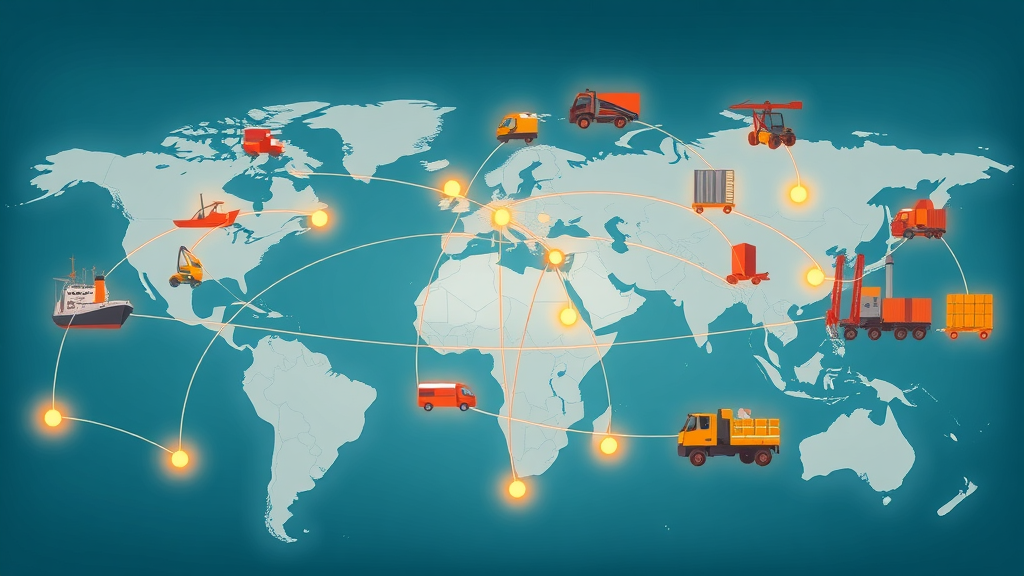
- Resilience requires proactive risk management and technological integration
- Compliance with international regulations is central to sustainable global supply chains
- Diversification and agility are crucial in mitigating potential disruptions
Share Your Insights on the Global Supply Chain
- Have insights to share on global trade? Let's talk—call us at 203-271-7991 to explore contributing an article.
Action: Assess your global supply chain strategy today—incorporate resilience, leverage technology, and ensure compliance to secure your business in tomorrow’s volatile global market.
If you’re eager to expand your understanding of how global events and industry innovations are shaping the future of international trade, there’s even more to explore. Discover how major trade shows and industry gatherings can provide strategic advantages and fresh perspectives for importers and exporters by reading about the essential role of Interwire 2025 for global trade professionals . Gaining insight into these broader trends will help you anticipate shifts, connect with key partners, and position your business for long-term growth in the ever-evolving world of global supply chains.
To deepen your understanding of resilient global supply chains, consider exploring the following resources:
-
“Six ways to improve global supply chains” : This article outlines strategies such as boosting domestic production, easing transportation jams, and mitigating geopolitical tensions to enhance supply chain resilience. ( brookings.edu )
-
“How can we make supply chains stronger and more sustainable?” : This piece discusses the importance of balancing economic efficiency with environmental sustainability, emphasizing the need for resilient and eco-friendly supply chain practices. ( weforum.org )
If you’re serious about fortifying your supply chain against global disruptions, these resources offer valuable insights and practical strategies to build resilience and sustainability.
 Add Row
Add Row  Add
Add 

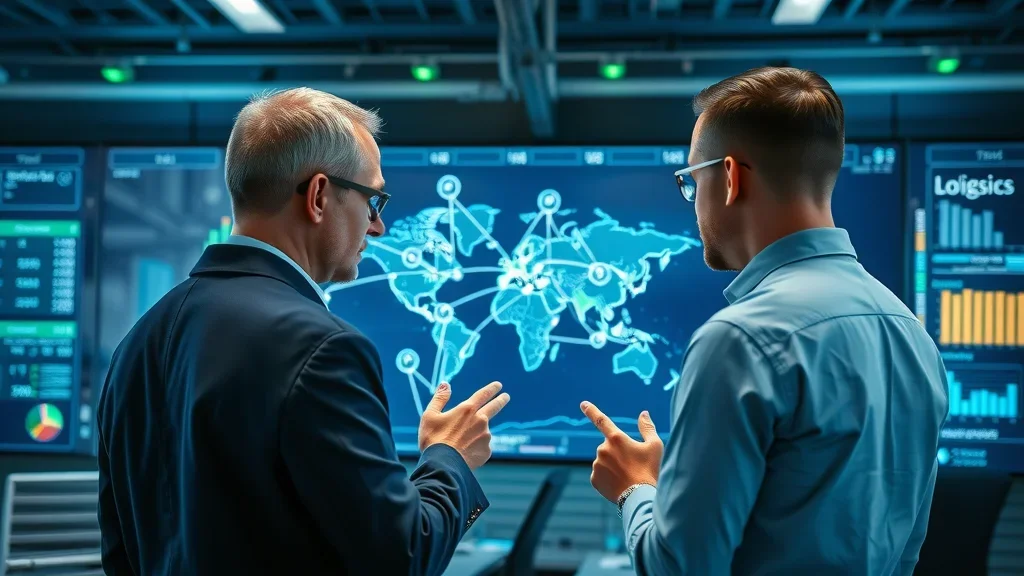
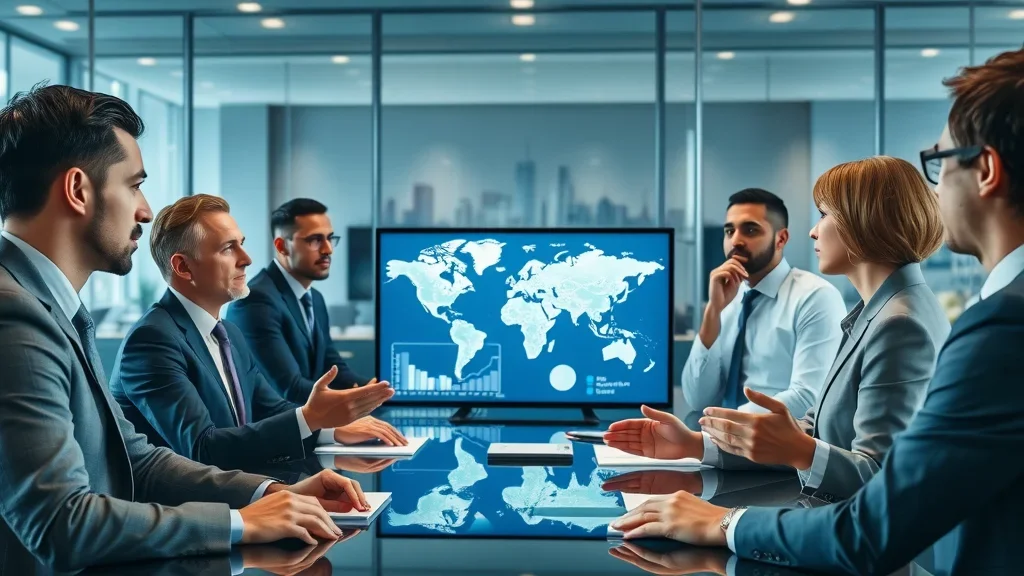

Write A Comment